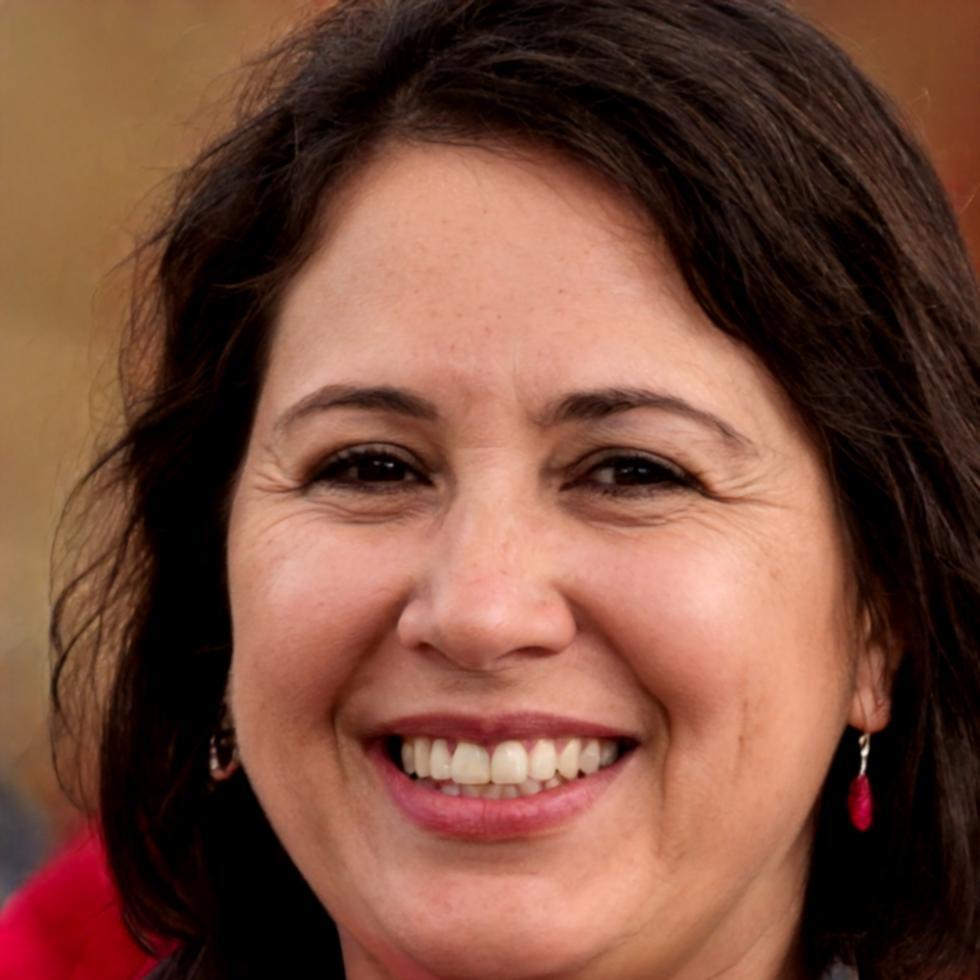Real Conversations About Financial Change
These aren't polished endorsements. They're honest reflections from business owners who've worked through budgeting challenges, forecast uncertainties, and the everyday frustrations of managing finances. Some found clarity quickly. Others took months. All of them had moments of doubt along the way.
The Numbers People Actually Care About
We asked clients what changed after implementing structured financial planning. Some improvements were immediate. Others took a full fiscal year to materialize. These figures reflect outcomes from businesses using kalenoxivaro throughout 2024 and into early 2025.
Report more confidence in quarterly planning
Average hours saved monthly on budget review
Reduced variance between forecast and actual spending
Continue using tools after initial year
The Typical First-Year Experience
Months 1-2: Setup Reality
Most clients spend this period importing data, correcting category mismatches, and questioning whether the effort is worthwhile. The system feels clunky. Reports look foreign. This is normal.
Months 3-4: Recognition Phase
Patterns start emerging. You begin noticing spending trends you'd missed in spreadsheets. Forecasts still feel optimistic, but you're learning to adjust them based on your business's actual rhythm.
Months 5-7: Practical Integration
The tools become part of your monthly routine. You stop needing support documentation. Budget reviews take half the time they used to. You catch cash flow issues before they become problems.
Months 8-12: Strategic Planning
You're now planning quarters in advance with reasonable accuracy. Financial decisions feel less reactive. Tax preparation isn't a crisis. You actually understand where your money goes each month.
Year Two: Operational Clarity
With a full year of data, forecasting becomes genuinely useful. You can model scenarios, plan investments, and make decisions based on trends rather than guesses. Most clients reach this stage by mid-2025.

Worth Mentioning
Not everyone sticks with it. About 15% of new users abandon the system within three months, usually because they're not ready for the time investment or their business model is too unpredictable for structured forecasting. That's fine. These tools work best for businesses with somewhat consistent revenue patterns and a genuine need for financial visibility. If you're just looking for basic expense tracking, simpler solutions might serve you better.
